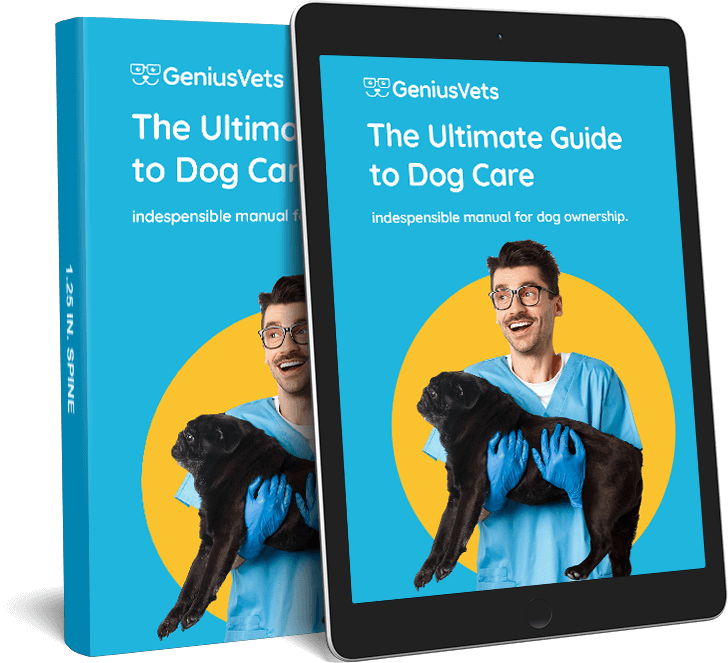Today, we dive into entropion, a condition that may affect your furry companion's eyes and cause discomfort. Join us as we explore the causes, signs, diagnosis, and treatment options for this condition, ensuring your pet receives the best possible care. With knowledge in hand, you can navigate this issue with confidence, promoting your dog's well-being and maintaining its vibrant spirit. Let's embark on this enlightening journey together!
Understanding What Entropion Is
Entropion is an unpleasant and sometimes painful condition in which a dog's eyelids roll inward, allowing the eyelashes or hair to rub against the cornea, causing irritation. This condition can affect either the upper or lower eyelids and may occur in one eye or both.
The Genetic Connection
Though entropion can affect any dog, there's often a genetic factor involved. Breeds predisposed to this condition may experience it even before their first birthday. Such breeds include the Boxer, Bull Mastiff, Cavalier King Charles Spaniel, Chesapeake Bay Retriever, Chow Chow, Cocker Spaniel, English Bulldog, Golden Retriever, Great Dane, Irish Setter, Labrador Retriever, Poodle, Pug, Chinese Shar Pei, Springer Spaniel, and St. Bernard. Selective breeding for specific traits, such as skull formation, facial skin folds, and prominent eyes, is believed to contribute to genetic causes, though other factors might be involved.
Secondary Causes
Entropion can also occur as a secondary condition, resulting from scarring in the eyelid, infection, corneal spasms and pain, trauma, or nerve damage. In some cases, entropion may occur when the eyelids lose their normal neurologic function.
Recognizing the Signs
A dog with entropion may squint and produce an excessive amount of tears from the affected eye. They may be sensitive to light and rub their eyes, especially when outdoors. Additionally, some dogs may have a mucous-like discharge from their eyes. However, certain flat-faced dog breeds may not display discomfort due to their unique facial structure.
Severity and Complications
For some dogs, entropion is a minor annoyance, while for others, it can lead to painful ulcers and erosions that scar the cornea and affect vision. Severe cases require surgical correction.
Diagnosing Entropion
Your veterinarian can diagnose entropion through an ocular exam, often using local anesthetic for the animal's comfort. To assess possible corneal ulcers, a fluorescein dye may also be used, which will appear as a bright green area on damaged parts of the cornea.
Treatment Options
Medical treatment with antibiotic ointments can help protect the cornea but cannot resolve the entropion itself. Surgery is the primary treatment option for fixing the eyelid. A simple procedure called blepharoplasty involves removing excess skin from the outer lids and tightening them. This surgery is typically successful, with low recurrence rates, unless the case is severe. Some breeds, like Chinese Shar Peis, may have a higher recurrence rate due to excessive facial skin folds. Sutures are usually removed in 10 to 14 days, and some dogs may need to wear an Elizabethan collar to prevent them from rubbing at their sutures.
Corneal Ulcers
For dogs with corneal ulcers, these will require treatment, too, as untreated ulcers may lead to excessive scarring and vision impairment. Treatment often involves antibiotic ophthalmic ointment, which can be administered by gently pulling down the lower eyelid and applying the ointment.
Special Considerations for Puppies
Young puppies may undergo a minor procedure called lid tacking instead of full blepharoplasty. Lid tacking involves using temporary sutures to roll out the eyelids and keep the puppies' eyes healthy until they mature and their facial features develop fully.
A Bright Outlook
The prognosis is excellent when surgery is performed before the cornea is damaged. However, if the cornea is affected, the prognosis depends on the type and severity of the damage. It's essential to refrain from breeding dogs with the inherited form of entropion, as recommended by the Canine Eye Registration Foundation (CERF).
In the Show Ring: Dogs with surgically corrected entropion cannot participate in conformation classes at dog shows.
With this knowledge in hand, you can provide your beloved companion with the best care possible, ensuring their comfort and happiness. Whether you opt for surgery or medical treatment, your dog's well-being is the priority. As you continue to cherish your furry friend's company, rest assured that you are equipped to handle any challenges that may arise, guided by the expertise of veterinary professionals.
Don't have a vet in your area yet? We can help you find a local veterinarian.
If you have more questions, the GeniusVets Telehealth platform will give you unlimited access to text and/or video calls with board-certified veterinarians! To learn more click here.


